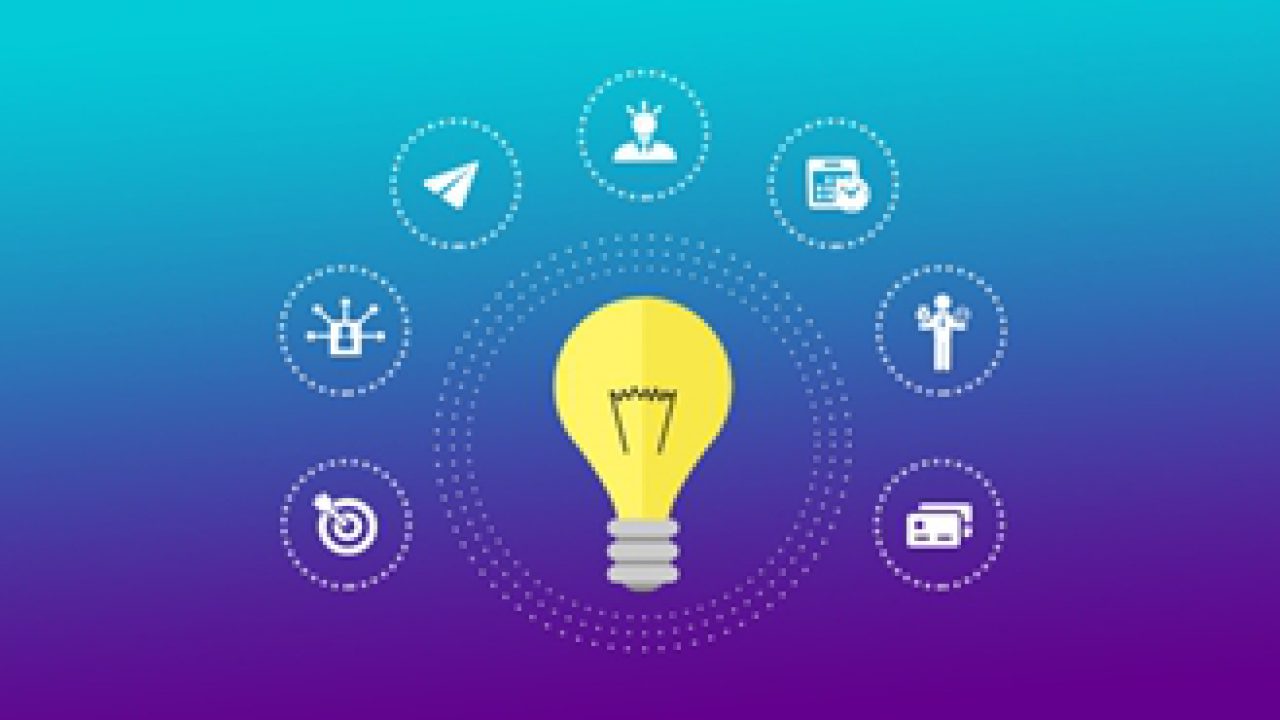
We netizens have truly embraced the digital revolution. It is established that this is the era of tech startups. The global technology landscape is progressing towards more and more disruption and on an unprecedented note. But the looming question is, how is it going to transform business operations and what’s the next move?
In this fast-paced world, being ahead of time comes as an added benefit. But what about when the same applies to your breakthrough idea?
Is it a good thing if your great entrepreneur ideas are a decade too early?
Well, yes it is.
We all come across bold startup business ideas. And sometimes they are way ahead of their time. I have one in mind. You must have envisioned one too.
Sometimes it is the unavailability of the right technology that could have transitioned your innovative startup ideas into a reality, sometimes it is the determination to execute it and other times it’s the lack of funds.
The right thing to do when you’re stuck in such a situation is to pivot your solution.
To run any successful Startup, the ideation and discovery phase are extremely crucial.
A decade earlier the landscape was entirely different and we have witnessed exponential advancement over the years.
So, take a leap of faith, dig deep and understand the pain points you are trying to solve.
Don’t just give up on an idea because it lacks the technology or is way ahead of its time. You should look for alternative and accessible ways to solve the problem and make the most out of your entrepreneur idea.
What to do with a startup idea?

Think about it
What really is Innovation?
Isn’t it a breakthrough idea, something that’s not been done before? Something new, challenging, and meaningful.
An Innovator envisions a future. That future may not be in touch with the underlying reality but you must be determined and passionate enough to bring that change.
Innovation depends on a lot of things. While some factors may be completely out of your control, there are still certain things that you can control and influence.
This brings us to
1. User Analysis
It is important to know who your target audience is and what’s going on with them. Conducting an in-depth user analysis is important. The data that you generate from users and their invaluable insights can help you build a better product.
Whether it is creating personas to identify user characteristics and behaviour, or user journey mapping that examines how a user will interact with your product, detailed analysis helps in finding the right product-market fit.
It is only after finding your niche audience and a market fit, that you can scale your business by identifying new customers in the target market.
2. Outthink the Competition
Studying the competitive landscape is as important. Identifying the competition and evaluating their strategies to determine strengths and weaknesses provides a strategic context and helps in figuring out new opportunities. When you understand the competitive landscape, outthinking the competition and characterizing your unique value proposition becomes all the easier.
Don’t spend too much time on a business plan
Laying out a business plan is a long process- one that involves a lot of time, effort, visualizing and strategizing on how to run and scale a successful business.
The key is to have a vision in mind, be clear with your end goals, but do not spend too much time on a perfect business plan. Rather, just begin.
3. Build an MVP
How do you make sure that your brilliant idea stands a chance in the market? Developing a full-fledged product that no one seems to care about is a waste of time, money and effort.
Validated learning is always the answer to build a successful product. Building a basic first product that focuses exclusively on ‘need to have’ features and leaves the ‘nice to have’ for later is an ideal practice.
A Minimum Viable Product is a smart approach to building products. Your emphasis should lay on offering maximum value in minimum functionality and garnering maximum validation in minimum efforts.
4. Validate with real users
It is essential to have at least five customers at the very start. If your idea is brilliant and sparks user interest getting the first five customers will be a cakewalk. However, if you can’t seem to find five users that find your idea interesting, it’s time to reconsider the idea.
Validating with real users will help you determine whether you are on the right track. Listen to what your customers have to say, observe what they do and how they interact with your product.
Knowing what the user wants can help you build a robust and scalable product.
5. Pivot
According to the Startup Genome Compass of San Francisco which studies more than 13,000 Internet start-ups, “founders who change products and markets between one and three times raise more money than those who don’t.
Sometimes what you think is a great idea won’t necessarily work. Many big brands and successful businesses started with a certain idea but transitioned into something wholly different once they found their niche.
So, if your idea doesn’t work, don’t stick to it for far too long. Instead, explore and pivot your startup. A willingness to embrace change helps us in identifying opportunities where others see nothing but a wasteland. Recognize the potential to tweak certain parts of your business – pivot, test, and learn.
If you see the potential for wholly new concepts or ideas, try to make the most out of those opportunities.
There are many examples of companies that pivoted and witnessed massive success as a result
1. Twitter
In the world of social media, the most talked-about pivot is the transformation of Odeo into Twitter. Odeo began as a network where people could browse and listen to podcasts. After iTunes began taking over the podcast market, the company decided to shift the direction. After two weeks of coming up with new ideas, they decide to make a drastic change. They ran with the idea of a status updating micro-blogging platform which today we know as Twitter.
2. Pinterest
The famous ‘pinning’ social network Pinterest pivoted from “Tote”, a platform where people could shop and browse from their favorite retailers and were notified when the items went on sale.
Tote was losing on the shopping front since mobile app payments weren’t as easy back then. The creators tapped on a new-found opportunity, they realized Tote users were primarily interested in building ‘collections’ of their favorite items and sharing them with their friends.
Pinterest today has more than 291 million monthly active users worldwide and this pivot has been a huge success. The Tote-to-Pinterest transformation has been described as an “iterative” one, a direct outgrowth of what’s learned from the first business, “an unmet need, and obviously a huge opportunity.”
3. Instagram
Today Instagram is one of the most widely used Social media platforms. This image and video sharing app boasts 1 billion users. But Instagram began as Burbn, a check-in app that included photo posting options, some gaming elements and allowed users to earn points.
Burbn was too cluttered so the creators pivoted, stripped all functionalities, and focussed on just one- photo-sharing that allowed users to post, comment, and like.
Making Instagram a visual platform that is clean and simple made it stand out.
So, what’s the big idea?
According to a report by KPMG on the Indian Startup Ecosystem released in the second month of 2019, the number of Startups in the country grew from 7000 in 2008 to 50,000 in 2018. As per the report, this seven-fold increase has motivated people to look for innovation, especially in sectors like IT, AI, AR/VR, IoT, Food Tech, and Healthcare.
In the last decade, the Startup ecosystem witnessed massive growth and the digital landscape saw exponential advancement. New-age technologies like Blockchain, AI, AR/VR are not only disrupting the landscape, they are also changing how we interact and go about our everyday lives.
The big idea is to START, Stay lean, build agile. Pivot Early and Iterate often.
An idea that is 10 years too early can be a great thing. It gives you the chance to be a disruptor.
And when you start something and things don’t really work out, leveraging other aspects, some tweaking here and there, and some pivoting can take you a long way.






